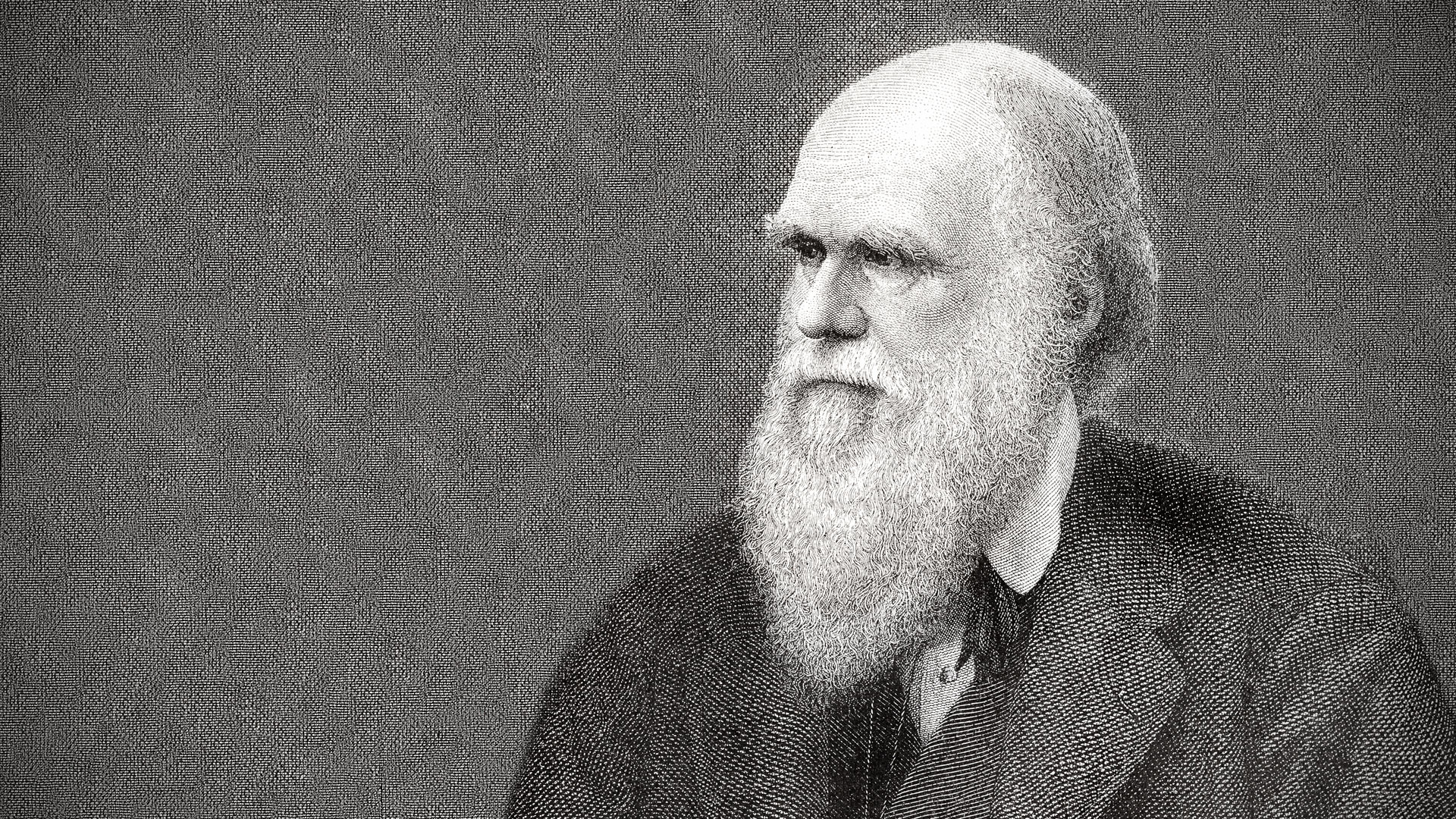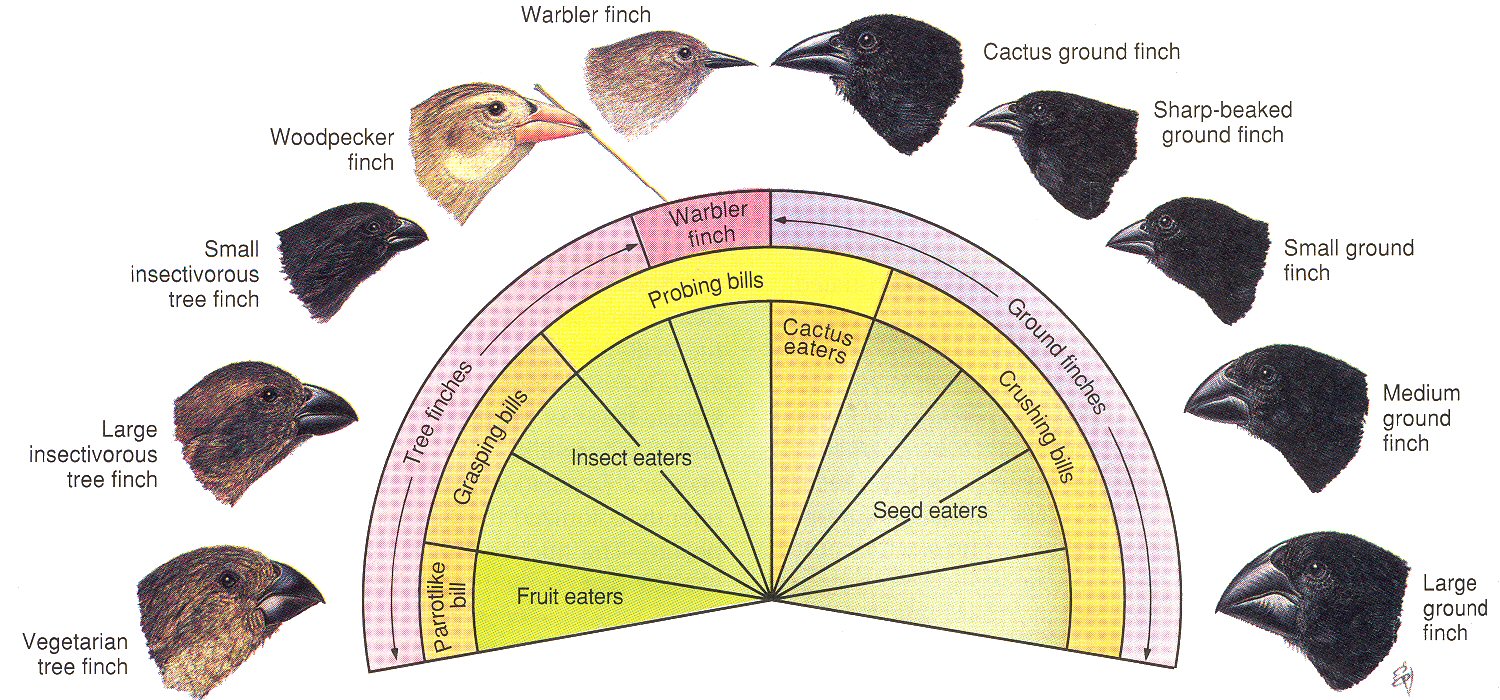Blog #2: Is Science Beautiful?- Sophie Ungless
From my perspective, nature and its beauty provokes scientific interest, especially in regards to biology and astronomy. Of course, people can find different things in nature beautiful or not due to subjectivity. For example, I may find the metallic, dark green exoskeleton of a beetle beautiful, but many people find the large bug terrifying.

However, there are so many aspects of nature that people can find beautiful that I believe everyone can have their interests sparked by the world around us. Since everyone has access to some natural terrain, whether it is the forest, desert, or even a small patch of trees in a park in a city, I think nature makes science more available to people because of simple observation. For example, a curious person may notice a tree’s leaves changing from green to orange with the seasons, and want to learn more about the chemistry behind it. This initial observation could inspire them to open a textbook or go to a lab to learn about it. Based on what an individual finds beautiful in nature, it will cause them to look deeper into that subject.

In my opinion, I find science beautiful for a few reasons. First, because it allows us to see things that we may not be able to see with the naked eye, such as the cells of a plant or outer space. Without scientific technology, we wouldn’t be able to see the patterns and colors of the skin of an onion, for example. Additionally, I find experiments to be beautiful because of the process, especially when things go wrong. They can yield unexpected results that can open doors to new ideas, which is oftentimes how I think about my art.
A historical example of how observation of something beautiful influenced science is Charles Darwin’s finches. When Darwin was on the Galapagos Islands he was intrigued by the birds, which he called finches but we now know were most likely another species of bird, and noticed differences in their beaks. By observing the fourteen different kinds of beaks, he was able to use his knowledge of evolution to come up with the theory of natural selection. Of course, Darwin had access to more scientific research and tools than any normal person off the street, it was the initial observation of something he found beautiful or interesting that brought up a theory that is key to modern biology.


A more modern example of the power of observation is in regards to the large rock, called Oumuamua, that NASA saw in our solar system in 2017. While this is an example of something that requires access to advanced technology and previous knowledge of astronomy, it still made headlines that opened up conversations among non-scientists. When I saw the artistic rendition of Oumuamua, I was immediately interested because I found the form of it beautiful, which made me want to learn more. Even though I didn’t discover the asteroid, its beauty compelled me to research on my own.
/cdn.vox-cdn.com/uploads/chorus_image/image/60198715/eso1737e.0.jpg)


Comments
Post a Comment